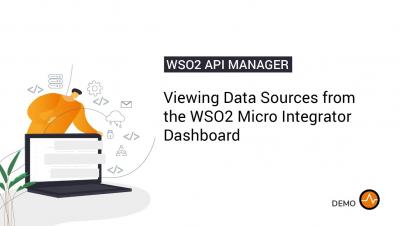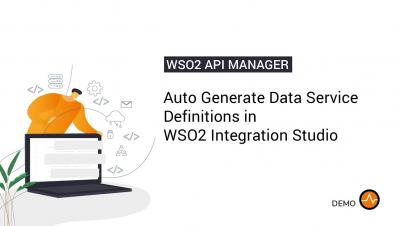Adaptive authentication functions with WSO2 Identity Server
Adaptive authentication is an evolved form of MFA where the authentication mechanism is decided depending on the user’s risk profile and behavior. In this episode of #IdentityIn15, we are going to discuss with you about what is #adaptiveauthentication, sample adaptive authentication script, write a custom adaptive authentication function, and how to use adaptive authentication with the #WSO2identityserver.











